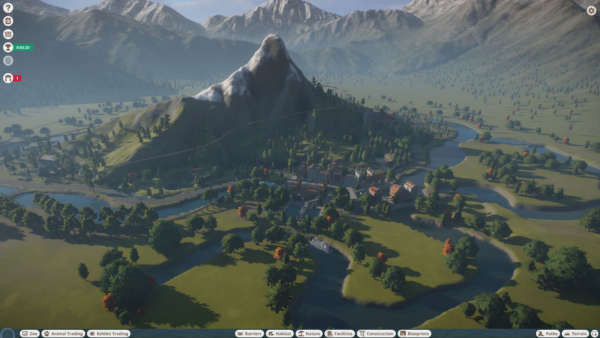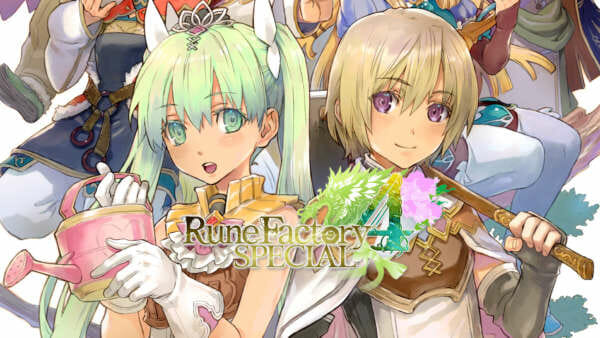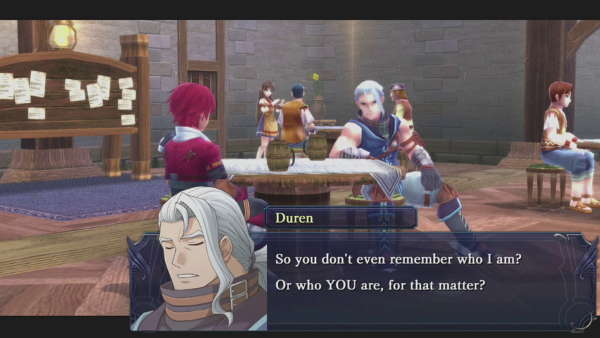When Crystal Dynamics first revealed Lara Croft and the Guardian of Light way back in 2010, few realised that a top-down isometric co-op puzzle solver would be a recipe for gaming gold. Lara Croft and the Guardian of Light saw positive reviews on release and now, four years later, we have a sequel in the form of Lara Croft and the Temple of Osiris.
Lara Croft and the Temple of Osiris is a delightful little game with a ton of puzzles to solve, a fun story that doesn’t try anything too ambitious, and solid gameplay throughout. Players take control of the four heroes Lara, rival archaeologist Carter, and the Egyptian gods Horus and Isis. It seems that Lara and Carter, in their search for the legendary lost Staff of Osiris, have awakened the vengeful god Set who threatens chaos on the world. Horus and Isis wake up too, and together they must find the lost fragments of Osiris’s body so he can banish Set once again.
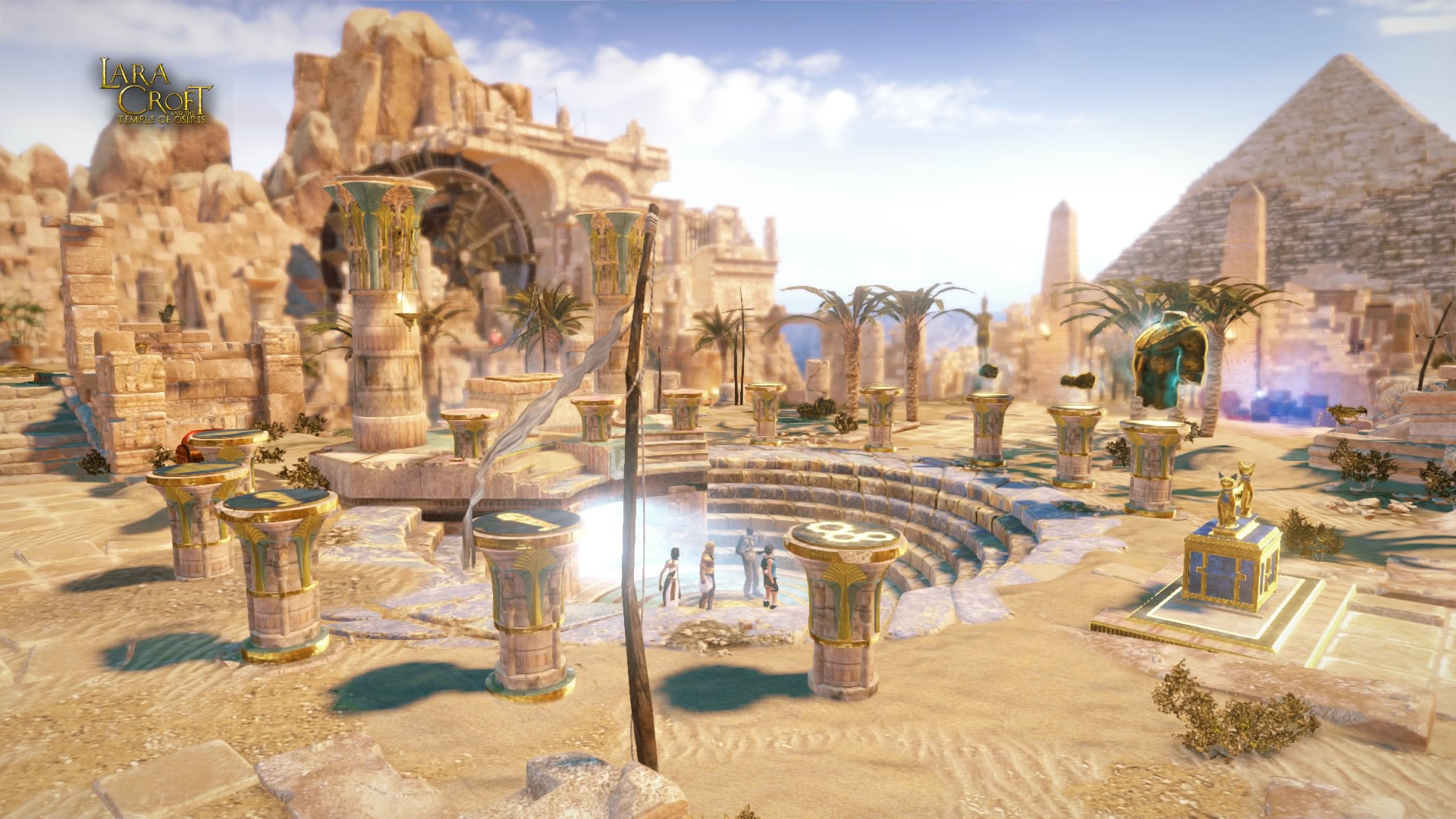
How sweet it is to see this franchise return to Egypt after so long
The story calls back to the Tomb Raider games of the 90’s, and makes no attempt to be gritty or dark, for the better. Set in Egypt, you’ll face scarab beetles, mummies, undead Pharaohs and other deities as you claim each piece of Osiris.
Broken up into tombs linked by a hub world, each tomb you encounter has a distinct visual and gameplay theme. Players will enter a new tomb, and once they overcome it they’ll find a new piece of Osiris as well as new weapons and equipment. Tombs are repayable once finished, which is a plus because they include optional challenges such as high score challenges, finding secrets or tomb-specific actions. These optional objectives unlock tangible gameplay rewards and are not just Trophy fodder, which we are thankful to see.
Equipment such as rings give you all sorts of different buffs, and amulets give you a very powerful buff when you fill the power gauge by defeating enemies without taking damage. Rings and amulets are found in chests unlocked by gems, and while some are clearly better than others, the best ones are often found in the most expensive chests late in the game. You have two ring slots so it’s possible to combine all your trinkets and have a super-powered-up character by endgame. Your rings, amulets, gems, weapons and all your other stats are saved to your profile so even if you quit out of your game to join someone else’s you’re still working toward unlocking everything in the game.
Some tombs feature bosses and trap gauntlets and you never quite know what will come next. As you play you’ll discover the Egyptian gods’ weather control device, which lets you change the climate (including the ability to summon blizzards in Egypt) helping you access different parts of the overworld and even affect treasure chest placement.
The real meat of the gameplay comes in the form of solving puzzles and traversing the environment using the four characters’ unique abilities. Lara and Carter make use of technology such as grappling hooks and torches while Isis and Horus can use the Staff of Osiris to activate various objects. Players have to work together throughout the game, but Crystal Dynamics have made conscious design decisions to make players try to one-up each other too.
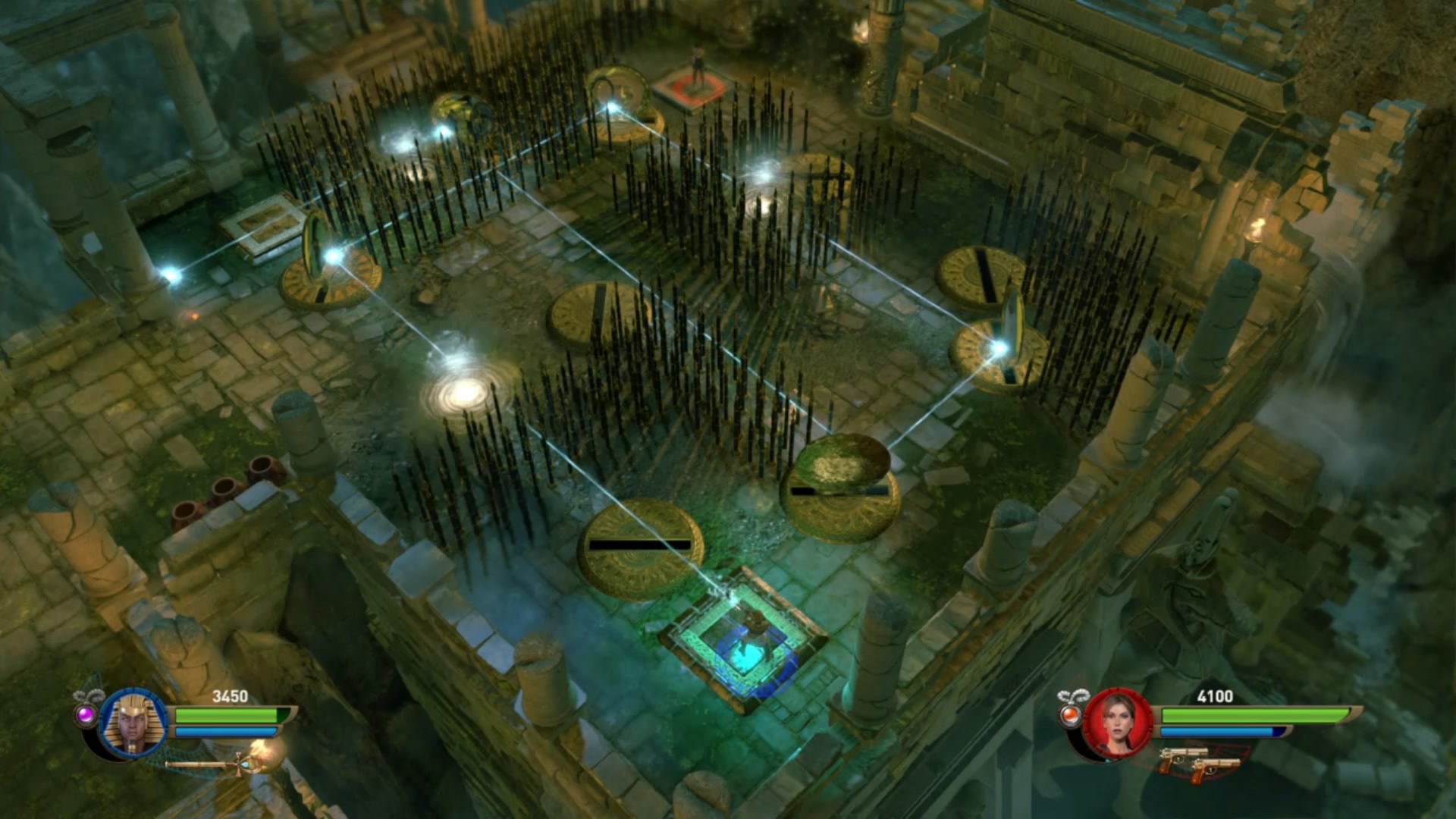
Light-beams and mirrors are just one of many puzzle-solving mechanics
For example, killing enemies, shooting pots and hitting bosses will reveal Gems you can collect. These Gems are not shared, and not only do they give the player points, but are also used to open chests. At the end of each tomb, you are presented with a number of chests, and some require hefty amounts of Gems to unlock. This keeps things fun (and funny) as you might be tempted to troll your fellow explorers to stop them from getting gems so you can have them. There’s no real penalty for doing this – only if all four players die at once will there be a restart – so you’ll feel very tempted to “accidentally” stop a team-mate from getting a cache of gems or killing an enemy.
The combat is handled well, using a tried-and-true twin-stick setup that allows you to move and aim exactly where you want at all times. The enemies’ attacks and patterns almost reach “2D shooter” levels of crazy when the game throws all it can at you, but the controls will see skilled players through, which is how it should be.
Graphically, Lara Croft & the Temple of Osiris looks great. Ancient Egyptian ruins covered in hieroglyphs, shimmering rivers and swirling sands add to the adventure movie aesthetic. The musical score uses familiar Egyptian-sounding scales to further drive the sense of mystery to players as they conquer each tomb. On PS4 at least, the framerate remains at 60fps when it can, but in some isolated spots (notably when the screen is full of enemies) it can take a very noticeable hit.
Of course, no game centred on co-op can be without online play, and Crystal Dynamics have implemented a drop-in/drop-out system. This system isn’t perfect but there is a very good reason for this. If you’re in a game and someone joins it (you have privacy options in the main menu) then the game will reload the previous checkpoint. The very good reason I mentioned is that game will adapt to the number of players; each puzzle has different variations depending on if there’s one, two, or more players, meaning that a single player run-through of the game will be slightly different to a two-player run and so on.
This is the preferred option to having AI control characters in place of a human, and Crystal makes no attempt to skimp out on content for the single player, giving Lara new abilities such as the Staff of Osiris.
The online play is variable as you can encounter people who know how to solve all the puzzles and where to find all the secrets. You might find yourself being carried along by these experts and unable to really have an impact. As with all online co-op games, it’s best played alongside real friends with some form of communication between you.
A little on the short side (about 4 hours), players who stick with the game on finishing may want to play through again and try to complete each of the optional challenges, which would take considerably longer. Rewarding loot, brain-teasing puzzles and challenging gameplay make Lara Croft and the Temple of Osiris a fun co-op experience. The level design is solid throughout the entire game, and the puzzles are treated as the real meat and potatoes of the game’s design, making it full of “aha” moments. If you enjoyed the previous game, this is a no-brainer as Lara Croft and the Temple of Osiris is a solid arcade action title.
